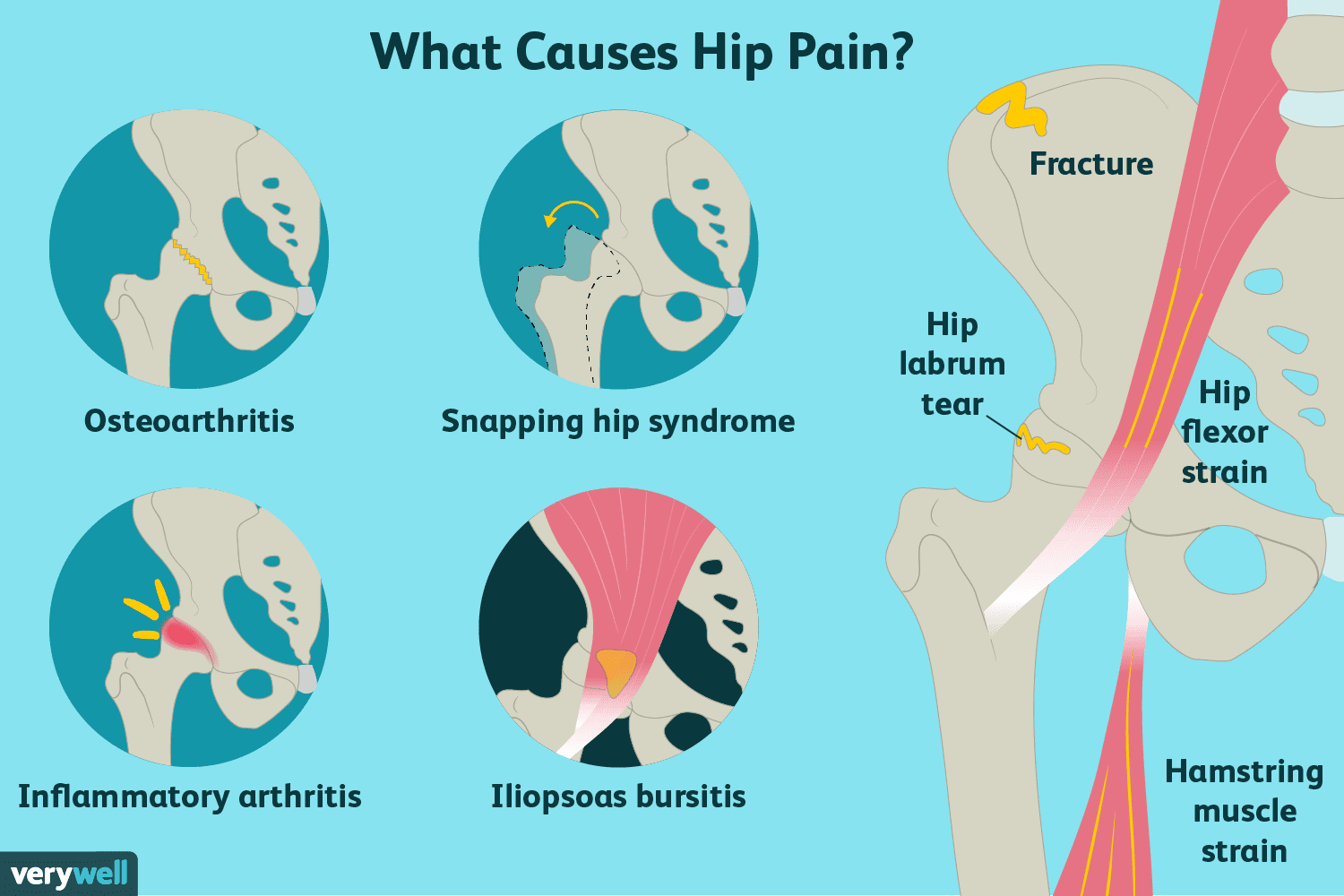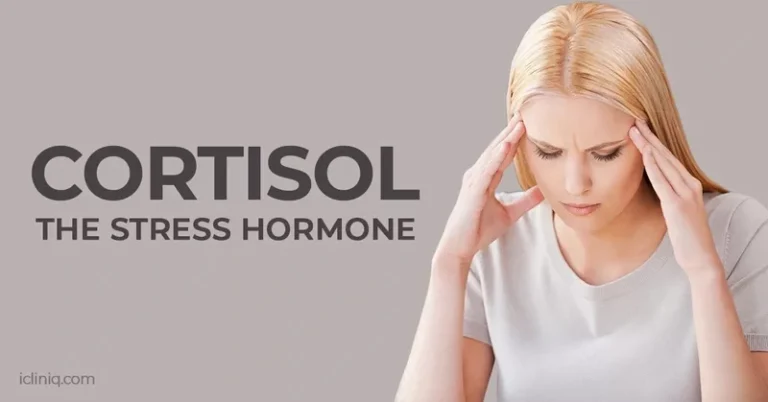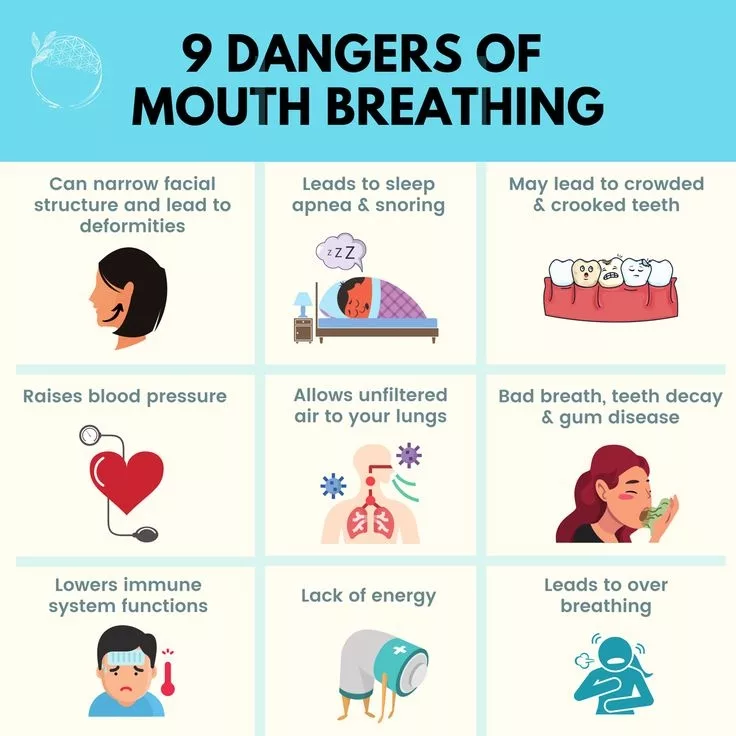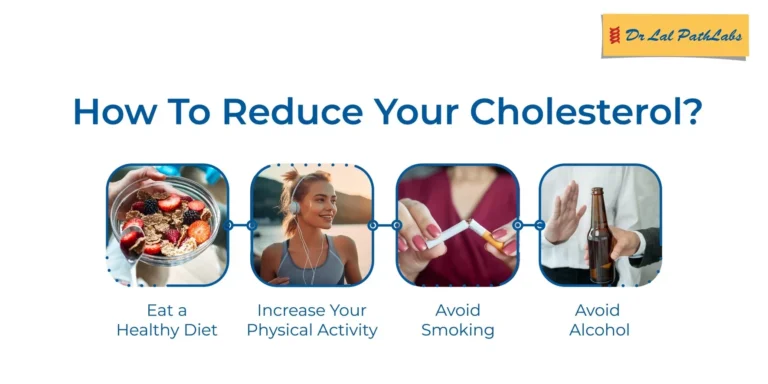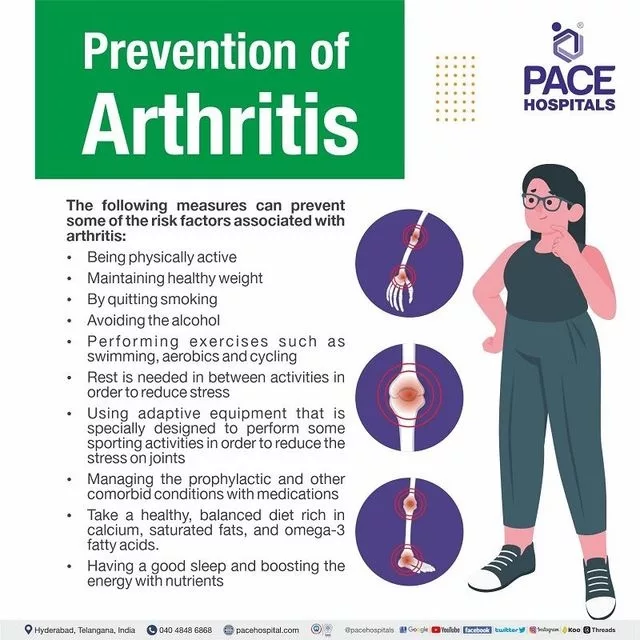Causes and Treatments of Hip Pain!
Let’s Understand and Address It Properly!
Hello, everyone! ♡ Today, I have some essential information for you. It seems that more people are struggling with hip pain lately, so I’ve looked into the causes and treatments of this pain. Since this concerns our precious joints, let’s learn together to maintain a healthy lifestyle! 😊

What is Hip Pain?
Hip pain refers to discomfort or pain occurring in the hip joint area, which can interfere with daily activities. This pain can arise from various causes and is often associated with specific physical activities or trauma. The hip joint is a central joint connecting the legs to the torso, playing a crucial role in basic movements such as walking, running, and sitting. Therefore, pain in this area is a significant issue that should not be ignored, and early intervention is necessary. Understanding the causes and symptoms of the pain and consulting with a healthcare professional when needed is important.
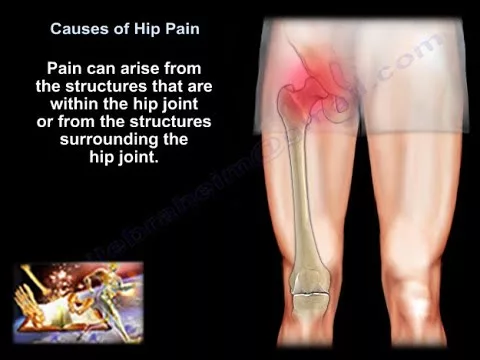
Common Causes of Hip Pain
There are several causes of hip pain, with the most common being arthritis, trauma, and excessive repetitive use. Degenerative arthritis, in particular, is one of the major causes of hip pain, as the cartilage wears away with age, leading to discomfort. Additionally, trauma from sports or excessive strain can also be responsible for the pain. Other potential causes include infections, tumors, and metabolic disorders, so it’s crucial to seek professional medical attention if the pain persists or worsens.
The Relationship Between Age and Hip Pain
The incidence of hip pain tends to increase with age. In younger individuals, hip pain is often due to sports activities or trauma, while in older adults, it is mostly related to degenerative changes. As we age, the cartilage in the joints deteriorates, and the surrounding tissues weaken, making pain more likely to occur. These changes can limit joint function and reduce the quality of daily life. Therefore, it’s important to pay attention to hip health as one ages and to engage in regular exercise and check-ups.
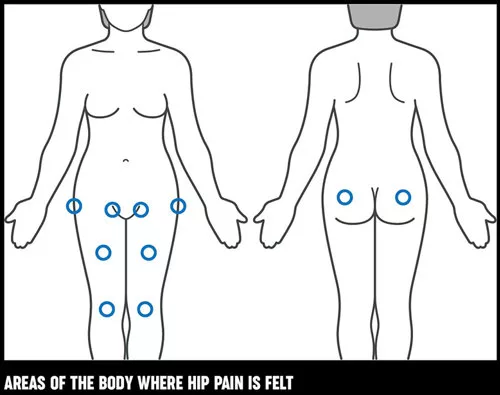
Lack of Exercise and Hip Health
A lack of exercise is one of the primary causes of hip pain. Regular physical activity strengthens the muscles that support the joints and helps maintain flexibility. However, modern lifestyles often involve prolonged sitting and reduced activity levels. This trend can weaken the muscles and ligaments around the joints, leading to pain. Particularly, weakened lower body muscles can increase the burden on the hip joint, making it essential to maintain hip health through appropriate exercise programs and stretching.
Early Symptoms and Signs of Hip Pain
The early symptoms of hip pain may not be distinctly noticeable, but there are various signs. The most common symptom is discomfort or pain in the hip area, which becomes more pronounced when walking or moving. As the pain progresses, it may radiate to the buttocks, thighs, or knees. Initial signs may also include joint stiffness, tightness, and sounds (clicking), and if these symptoms persist, it is important to seek medical attention. Taking appropriate measures early can maximize the effectiveness of treatment.

Diagnosis Methods and Essential Tests
Various diagnostic methods are employed to accurately diagnose hip pain. First, the healthcare provider will take a patient history and conduct a physical examination to assess the location and characteristics of the pain. Following this, X-rays, MRIs, or CT scans are used to check for joint damage or degenerative changes. MRI, in particular, is useful for accurately evaluating damage to soft tissues and ligaments. Additionally, blood tests may be conducted to check for underlying conditions such as inflammation or infection. This diagnostic process helps identify the cause of the pain and determine appropriate treatment methods.
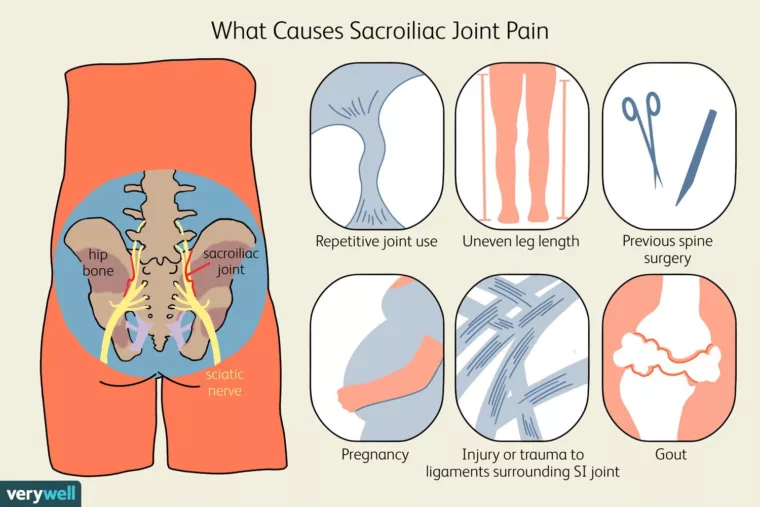
Effective Treatments for Hip Pain
Treatment methods for hip pain vary depending on the cause and severity of the symptoms. Non-pharmacological treatments include physical therapy, massage, and exercise therapy, aimed at alleviating pain and restoring function. Medication may involve non-steroidal anti-inflammatory drugs (NSAIDs) or steroid injections. In severe cases, surgical treatment may be necessary, such as hip replacement surgery. Treatment should be conducted in consultation with healthcare professionals to determine the appropriate method based on individual conditions.
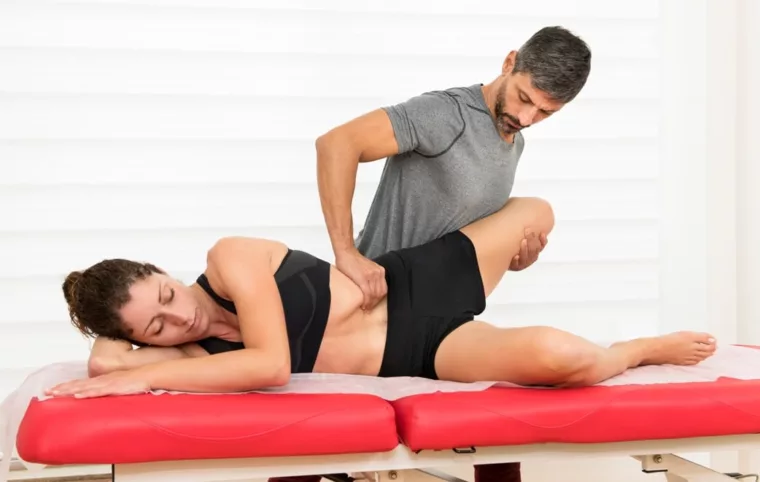
Lifestyle Adjustments for Prevention
To prevent hip pain, it is important to adjust various habits in daily life. First, regular exercise is necessary to strengthen the muscles supporting the joints. Low-impact aerobic exercises such as walking, swimming, and cycling can effectively build endurance without putting stress on the joints. Maintaining a healthy weight also benefits joint health, and it is crucial to consume a balanced diet to ensure adequate nutrient intake. Lastly, exercising in a way that does not strain the hip joint and seeking professional advice when necessary can be effective for pain prevention.
Sure thing! Here are some adorable links that will help you understand hip pain, its causes, treatments, and how to prevent it! Let’s dive in! 🌟
Understanding Hip Pain
- Cleveland Clinic: This page explains what hip pain is and its common causes, including arthritis and injuries. Check it out here!
- WebMD: Learn about the various causes of hip pain and how to treat it effectively. Read more here!
Causes and Treatments
- Coastal Orthopedic Team: This article discusses the causes of hip pain and offers insights into treatment options. Find out more here!
- NHS: A comprehensive overview of hip pain, including potential causes and treatment methods. Explore this resource!
Diagnosis and Symptoms
- Penn Medicine: This page provides information on the symptoms of hip pain and how it can be diagnosed. Learn more here!
- SE Pain and Spine Care: Understand the symptoms and diagnostic methods for hip pain. Check it out!
Lifestyle Adjustments for Prevention
- Ortho Repair: Discover lifestyle changes and exercises that can help prevent hip pain. Read about it here!
- UT Health Austin: This article discusses lifestyle changes that can reduce joint pain, including hip pain. Find helpful tips here!
I hope these links help you on your journey to understanding and managing hip pain! Remember, taking care of your hips is super important for a happy and active life! 💖 If you have any more questions, feel free to ask!
